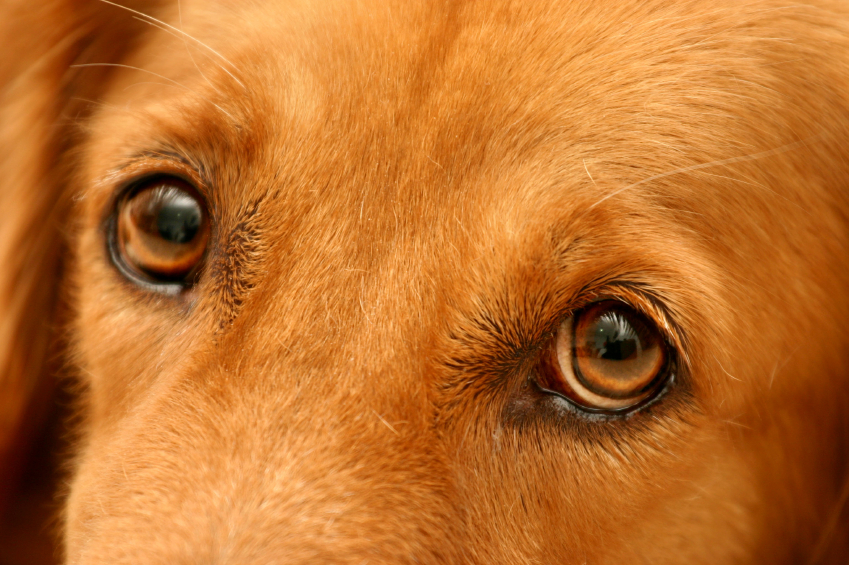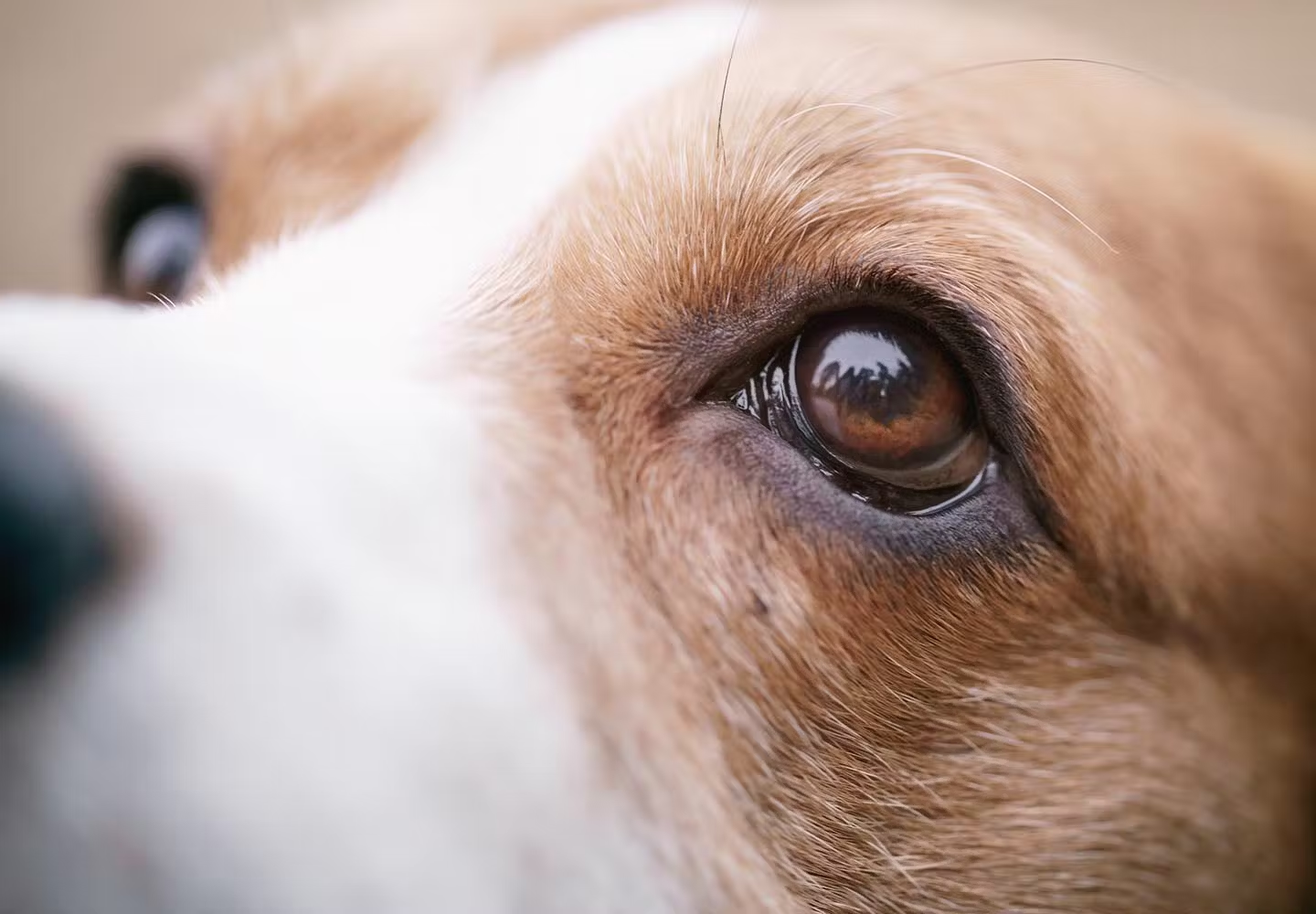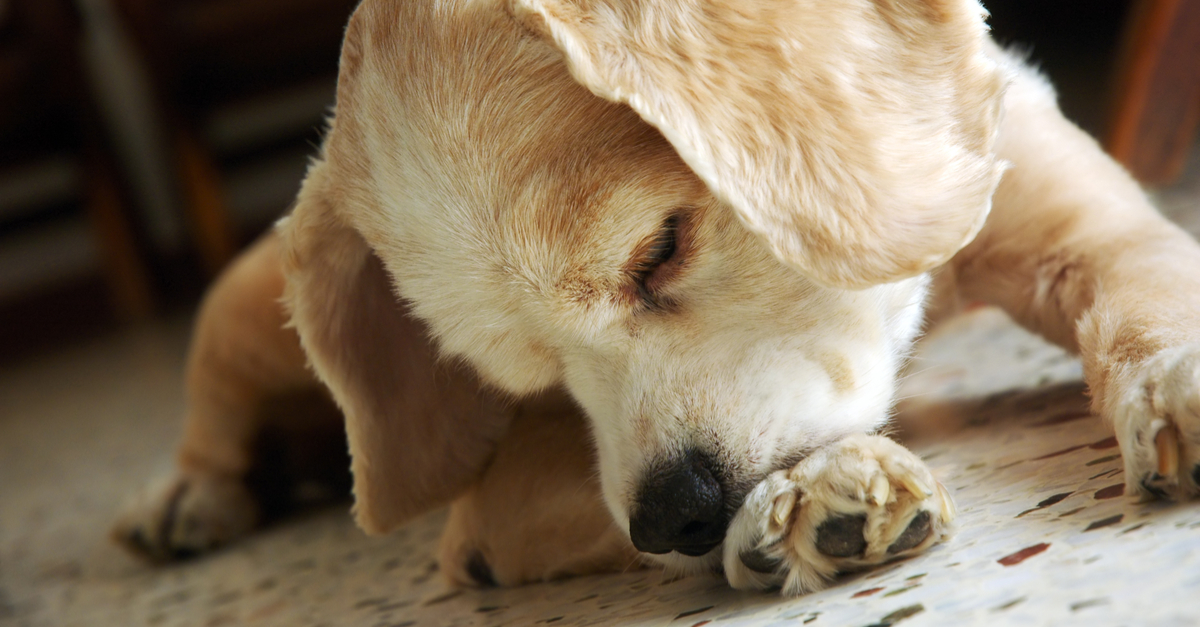Have you noticed your dog’s eyes looking wetter than normal? Excessive tearing and watery eyes in dogs can happen for several reasons. While usually not serious, determining the cause can ensure proper treatment.
In this article, we’ll discuss the common causes of watery eyes in dogs and steps you can take for relief. We’ll also look at symptoms that warrant a veterinary visit. Let’s start by understanding this condition.
What are Watery Eyes in Dogs?
Watery eyes refers to an overflow of tears that spill out onto the face. The technical term is epiphora. This is normal on occasion – for example, watery eyes may occur if your dog’s face gets irritated by dust or debris.
However, frequent or constant watery eyes could indicate an issue like:
- Blocked tear ducts
- Eye injury or infection
- Foreign object stuck in the eye
- Allergies
- Facial nerve paralysis
- Dental or sinus disease
Left untreated, watery eyes are a nuisance and can lead to secondary eye infections. So determining the cause is important.

Signs Your Dog Has Watery Eyes
How can you tell if your dog’s teary eyes are abnormal versus normal eye wetness? Signs to watch for include:
- Constant wetness below the eyes that leaves fur damp
- Tear stains – reddish-brown discoloration of the fur beneath the eyes
- White or yellow eye discharge
- Excessive blinking, squinting or pawing at the eyes
- Greasy fur around eyes from overflow tears
- Odor coming from the eyes
- Crusty fur below the eyes
Any chronic eye drainage or discomfort warrants having your vet take a look to pinpoint the reason.
Common Causes of Watery Eyes in Dogs
What makes dog eyes overflow with tears? Here are some of the most common culprits:
Blocked Tear Ducts
Like humans, dogs have tiny openings in the corner of their eyes that drain tears into the nose. If blocked by debris, swelling or scar tissue, tears can’t drain normally.
Allergies
Inhaled irritants like pollen or dander that trigger allergies can cause watery eyes along with sneezing and nasal discharge.
Eye Injury or Infection
Foreign material, scratches, ulcers or eye infections like conjunctivitis can all lead to painful, watery eyes.
Facial Paralysis
Nerve damage in the face may cause the eyelids to not close properly, leading to excessive tear production.
Eyelash Abnormalities
Turned in eyelashes (entropion) or extra eyelashes (distichiasis) can irritate the eye and stimulate tearing.
Dental Disease
Infected or abscessed teeth may cause drainage and excessive tears. Sinus infections can also travel to the eyes.
Breed Predisposition
Some breeds like Poodles and Cocker Spaniels are prone to watery eyes due to their wide-set eyes and tear duct anatomy.
Pinpointing the exact reason is key for proper treatment. Your vet can perform an eye exam and tests to diagnose the problem.

What to Do if Your Dog Has Watery Eyes
If you notice your dog has constant watery eyes, contact your vet. Don’t try to treat it at home without an exam, as you’ll need to know the underlying cause.
In the meantime, the following steps may help soothe your dog’s eyes and keep the area clean:
- Gently wipe eyes with a warm, wet cloth to remove crust and debris.
- Apply cool compresses to irritated eyes for comfort.
- Keep facial hair trimmed to prevent matting and infection from tear stains.
- Consider a humidifier to add moisture to dry air that could worsen symptoms.
- Limit eye rubbing and pawing to prevent trauma. Consider an Elizabethan collar.
- Rinse tear stains daily, but avoid scrubbing affected fur which can cause more irritation.
Your vet will advise proper medication based on their diagnosis. This may include antibiotic or anti-inflammatory eye drops, ointments, allergy treatment, or even surgery for severe cases.
When to See the Veterinarian
Contact your vet promptly if your dog has:
- Constant or excessive tear flow
- Squinting, pawing or signs of eye discomfort
- Redness, discharge or eyelid swelling
- Crusty or irritated fur around eyes
- Odor coming from eyes
- Any change in eye appearance
Schedule an appointment as soon as possible if you notice signs of eye trouble. Proper treatment will get your dog’s eyes feeling better and looking clear again.

Frequently Asked Questions
What causes tear stains on a dog’s face?
Tear staining results from the overflow of tears containing porphyrin pigment. This reddish discharge stains light fur. Underlying eye issues need treatment.
How can I get rid of my dog’s eye stains?
Without treating the root cause, stains will return. Your vet can recommend medicated wipes, removing bacteria, and drying agents to help minimize stains.
Is it safe to give a dog Benadryl for watery eyes?
No, don’t give any OTC medication without your vet’s guidance. Benadryl dosage for dogs is very specific and wrong amounts can be dangerous.
Can food allergies cause watery eyes in dogs?
Yes, food allergies can manifest with watery, itchy eyes along with gastrointestinal symptoms. An elimination diet trial helps confirm food allergies.
Do certain dog breeds get watery eyes?
Yes, breeds like Poodles, Cocker Spaniels, Boston Terriers, Pugs and Bulldogs are more prone due to their facial anatomy and wide-set eyes.
Check with your veterinarian if you notice your dog’s eyes consistently appear wet with tears. An exam will pinpoint the problem and appropriate remedies for relief. With the right treatment, your dog’s eyes will be bright, white and comfortable again.



